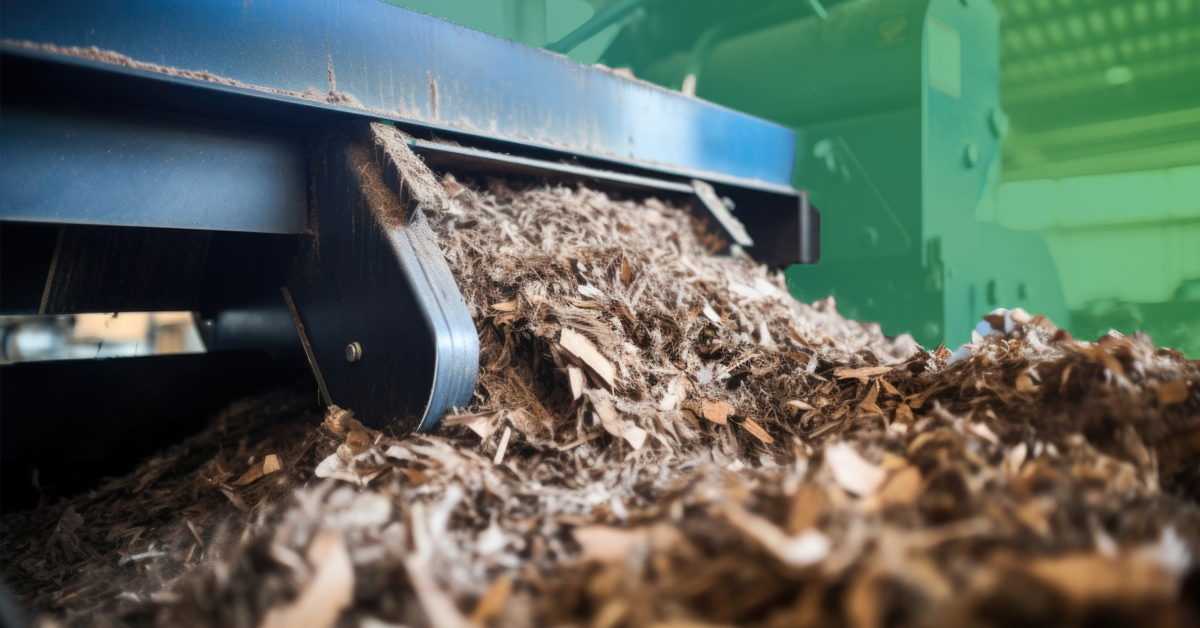3 min read
Green Methanol Momentum Builds: SunGas, C2X, and Global Backers Advance Landmark U.S. Project
ResourceWise
:
Jun 2, 2025 8:29:37 AM

Green methanol is emerging as a pivotal solution to the supply of cleaner energy products that are experiencing increased demand. Two significant developments underscore this momentum: the advancement of the Beaver Lake Renewable Energy (Beaver Lake) project in Louisiana and a substantial $100 million investment into green methanol initiatives by industry leaders.
Beaver Lake Renewable Energy Project: Advancing Sustainable Fuel Production
SunGas Renewables, in collaboration with C2X, has initiated the front-end engineering design (FEED) phase for the Beaver Lake project, marking its progression into the final development stage. Located in Rapides Parish, Louisiana, this facility is poised to become one of the largest green methanol plants in the United States. Upon completion, it aims to produce over 500,000 metric tons of green methanol annually, primarily serving the shipping, aviation, and chemical industries.
The project leverages SunGas' S-1000 gasification technology to convert sustainably sourced woody biomass into low-carbon methanol. Additionally, it plans to capture and permanently sequester approximately 1 million tonnes of biogenic CO2 annually, generating valuable carbon dioxide removal (CDR) credits. The facility is expected to commence construction in the second half of 2026, with operations beginning toward the end of 2028.
As part of the early-stage development, ResourceWise provided advisement on feedstock risk for Beaver Lake, assessing long-term availability, sustainability, and economic feasibility of woody biomass sourcing in the region.
Strategic Investment: ENEOS, A.P. Moller Holding, and Maersk Commit $100 Million
In a significant move to bolster green methanol production, ENEOS, Japan's leading energy company, along with existing shareholders A.P. Moller Holding and A.P. Moller – Maersk, have agreed to invest $100 million in C2X. This investment primarily supports the final development phase of Beaver Lake Renewable Energy and aims to advance C2X's global green methanol portfolio, including projects in Spain, Egypt, and other U.S. locations.
Brian Davis, CEO of C2X, emphasized the strategic nature of this partnership, stating that ENEOS' market position and technological capabilities will significantly enhance C2X's portfolio. Satoru Otatsume, General Manager of ENEOS' Low Carbon Solution Department, highlighted the collaboration as a shared vision for a more sustainable future.
Implications for the Future of Green Methanol
These developments signify a commitment to scaling up green methanol production, a critical component in reducing carbon emissions across various industries. Beaver Lake not only represents a substantial investment in sustainable fuel but also contributes to local economic growth by creating jobs and supporting the forestry industry.
As the world seeks viable alternatives to fossil fuels, green methanol stands out for its versatility and lower environmental impact. The collaborative efforts of SunGas Renewables, C2X, ENEOS, and Maersk exemplify the kind of strategic partnerships necessary to drive meaningful progress in the global supply of low-carbon fuels.
Understanding Green Methanol: A Key to Sustainable Energy
Green methanol is a renewable fuel produced by combining carbon dioxide (CO2) captured from renewable sources with green hydrogen generated from biogenic sources or through electrolysis powered by renewable electricity. This process results in a liquid fuel that can significantly reduce greenhouse gas emissions compared to conventional fossil fuels.
The production of green methanol involves several pathways:
- Biomass Gasification: Converting organic materials such as woody biomass and agricultural waste into syngas, which is then synthesized into methanol.
- Electrofuel Pathways: Utilizing renewable electricity to produce hydrogen, which is then combined with captured CO2 to create methanol.
These methods not only provide a use for waste materials but also offer a means to store renewable energy in a liquid form, facilitating easier transportation and storage.
The Benefits and Applications of Green Methanol
Green methanol offers numerous advantages that make it a compelling alternative to traditional fossil fuels:
- Significant Emission Reductions: It can reduce CO2 emissions by up to 95%, nitrogen oxide emissions by up to 80%, and virtually eliminate sulfur oxide and particulate matter emissions.
- Versatility: Applicable across various sectors, including maritime shipping, aviation, and chemical manufacturing.
- Compatibility: Can be used in existing internal combustion engines, facilitating simple adoption and integration into today's infrastructure.
- Energy Storage: Acts as an efficient energy carrier, storing renewable energy in a stable, liquid form.
These attributes position green methanol as a pivotal component in the global strategy to achieve net-zero emissions and combat climate change.
Looking Ahead
The developments surrounding the Beaver Lake project and the substantial investment by industry leaders underscore the growing commitment to green methanol as a cornerstone of sustainable energy solutions. As technology advances and production scales up, green methanol is poised to play a critical role as a cleaner solution for various sectors by supplying an additional low-carbon fuel source.
Ready to explore how carbon reduction strategies are shaping the future?
Download our on-demand webinar on CDR to explore key market drivers and strategies for navigating the future of CDR.
Or download our free eBook on mapping a path to decarbonization to start building your own roadmap toward net-zero.






